


An image must be transformed through contact with other images, just as a color is transformed in contact with other colors. A blue is not the same blue when it is next to a green, a yellow, a red. No art without transformation. (Robert Bresson in "Notes on the Cinematographer")
Upon entering the exhibition SLOW CINEMA, coming from the busy downtown streets, the viewers will find themselves in another atmosphere, where the sound and noises, movements of pedestrians, cars and all the excitement and beat of the city is left outside. Here everything has been quieted down. The encounter with this kind of cinema is made through another body posture, in another setting, thought as such, so that the viewers will be able to feel even before understanding these films.
In Journey to the West (Xi you), Tsai Ming-Liang's proposal is to use his rigorous choice of plans, few sequences and free metaphors, to bring forward the physicality of a monk, represented by his favorite actor Lee Kang-sheng, who moves slowly and precisely through the busy streets of Marseille in robes of bright red. In many situations, the monk's performance creates antagonistic ideas, which do not lead us to immediately think about their senses, but on the other hand to let them emerge and be enjoyed in slow-motion along with the real movement of his character. There is also the iconic French actor Denis Lavant, who appears in the foreground from the very first short, with his face and breathing (a heart that pulses) in contrast to a very blue and white landscape. Despite being engaged in a reflection process with the monk, Lavant also represents the west side of this journey, which is, along with the five other films called "Walker Series", Tsai Ming-Liang's big project.
The films Distant (Yuan Fang) by the Chinese director Yang Zhengfan and Milky Way (Tejút) by the Hungarian Benedek Flieugauf, with the erratic accuracy of their perception, complete the exhibition. Based on similar proposals, each one manages to generate different senses observing from a distance the landscape and small random events. While Yang is far more literally distant (what demands from us a tremendous "eye effort") and ironic, when joining small elements between the stories, Flieugauf is much more somber and dramatic, when bringing forward fantastic elements that are almost imperceptible to the inattentive ones.
Slow Cinema can be a concept or an idea to classify films that use extremely long plans, sometimes static or erratic (something happens in the frame "by accident"), few cuts, distanced observation, none or little dialogue, ambient sounds with few or none songs, with or without characters and professional or non-professional actors in concise aesthetic choices. Even though it is not a cinematographic genre, it has become one of the reasons we have to exhibit them in a gallery space. They demand time, attention and dedication from the viewers, who want to reach through them a resignification of language, no longer based on the classical narrative model. A possible search for a feeling similar to a meditative state. In the exhibition space, this cinema can exist in all its longevity, allowing more freedom to the viewers who can come and go, more than once, as they wish. The contemporary independent cinema is an open cinema that seeks originality in representations and becomes more than ever closer to the visual arts, while questioning pre-established forms within its own language and reinventing processes.
Francesca Azzi
Curator
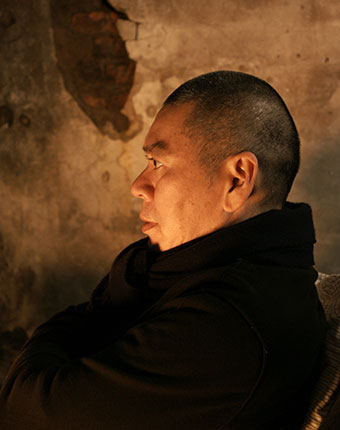
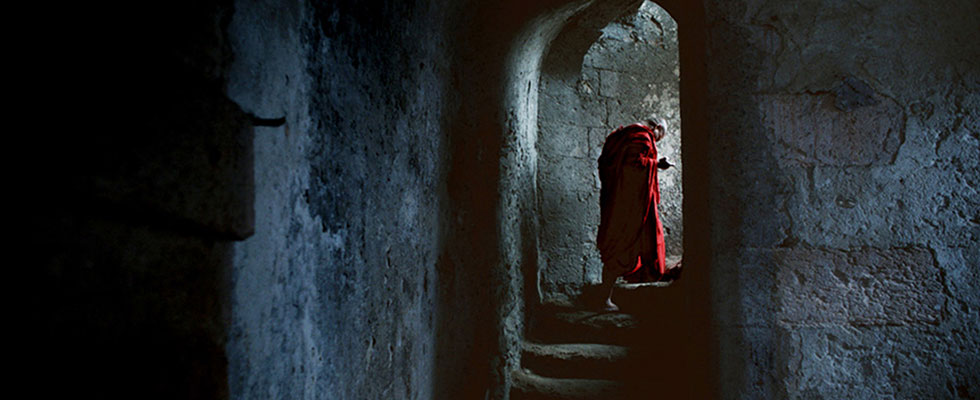
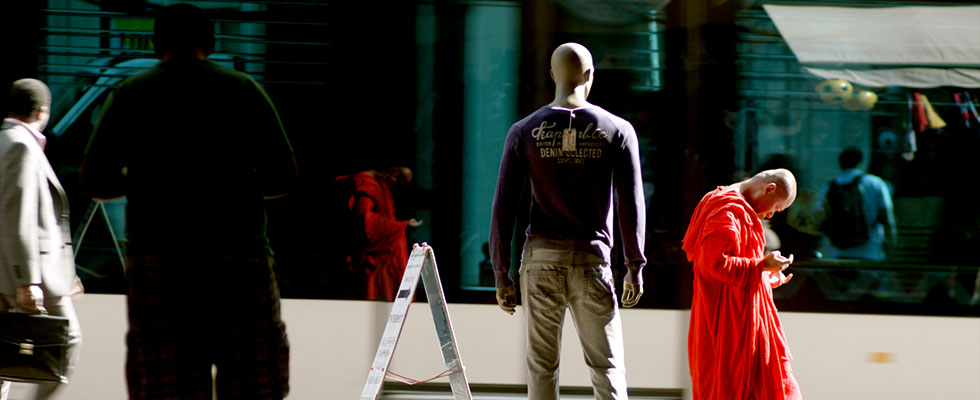
An exhausted man breathes uneasy by the ocean, while another, a buddhist monk dressed in red garments, walk at an imperceptible pace through the streets of Marseille, France. The slow walk of the monk catches the eye of the pedestrians, and the camera uncovers small and beautiful fragments of the influence that this walker, until the moment in which the monk finds, at last, a disciple.
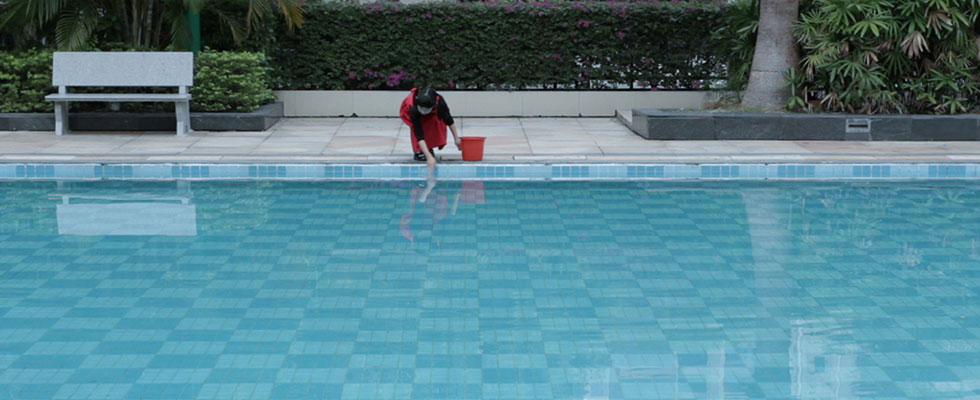
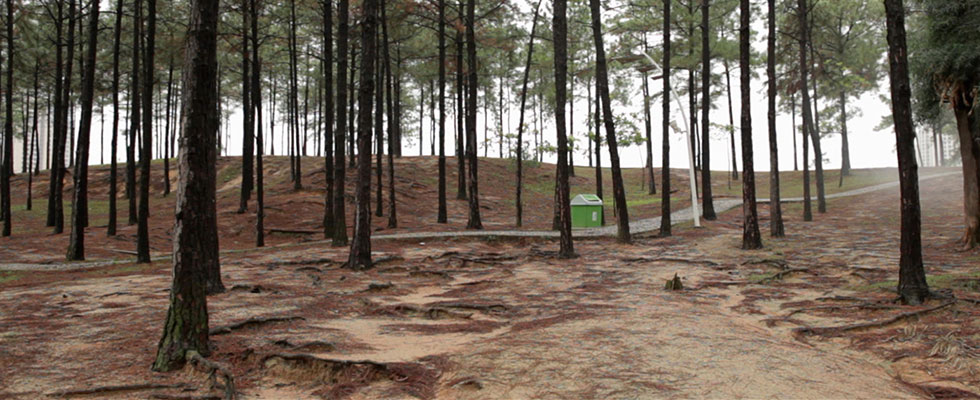

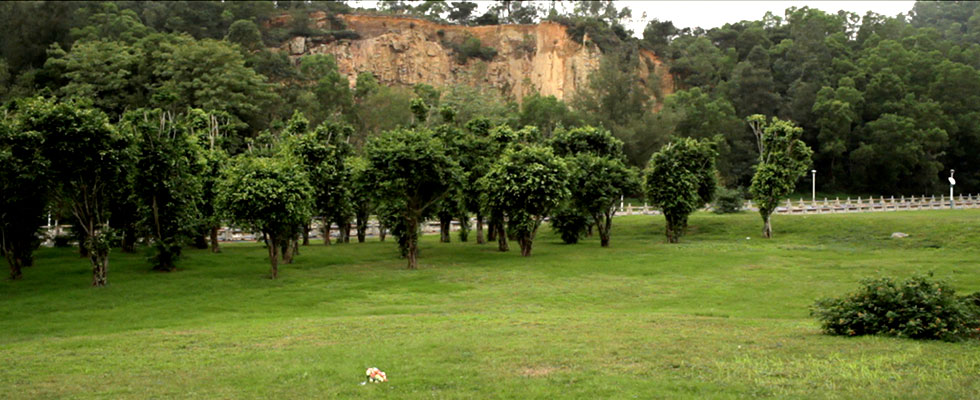
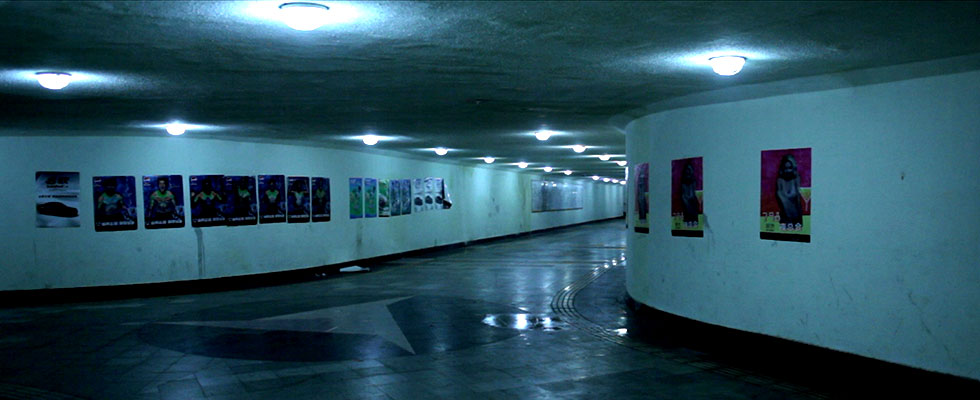
A film in thirteen parts, each one composed by only one shot. In every segment, a small account, watched from a certain distance, brings subtle and ordinary moments in which people are suddenly challenged by modern life. In the darkness, a lighthouse blinks in the sea. On the bus stop, the waiting. In a park, a phone won't stop ringing, a heartbreak? A girl thinks that a pool is the perfect spot for her fish. A man plays with his dog in the beach. An old man falls, does someone help him? Thirteen dramatic, realistic and mysterious scenes, shown with no dialogue, only with images, sounds, and the actions of the characters. An attempt to describe human condition on today's world, his alienation, abandon and loneliness.
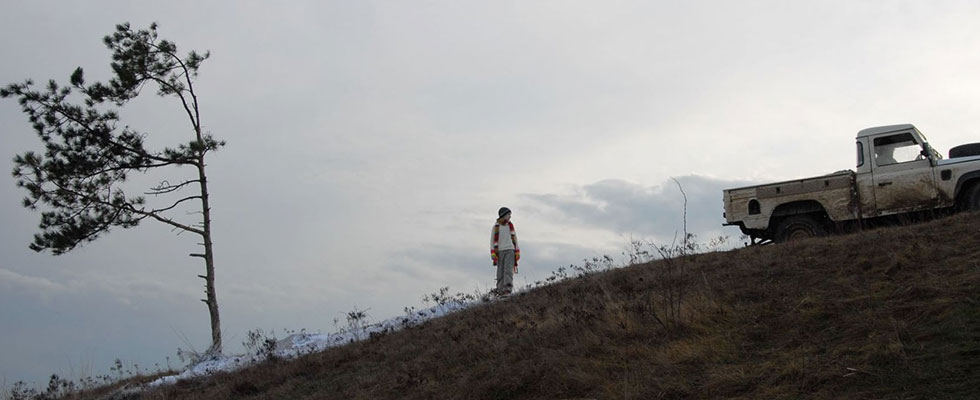
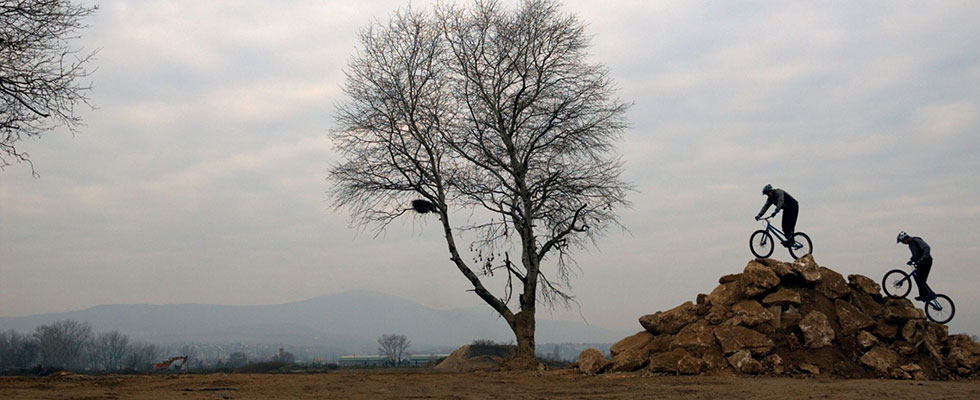
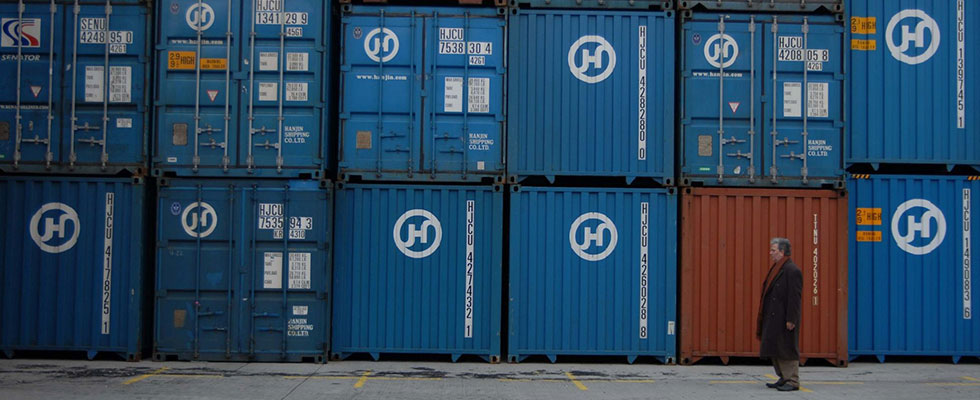
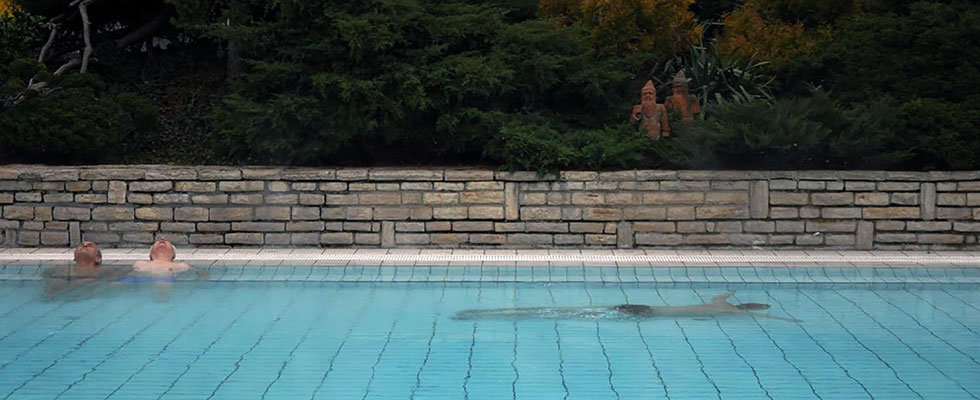
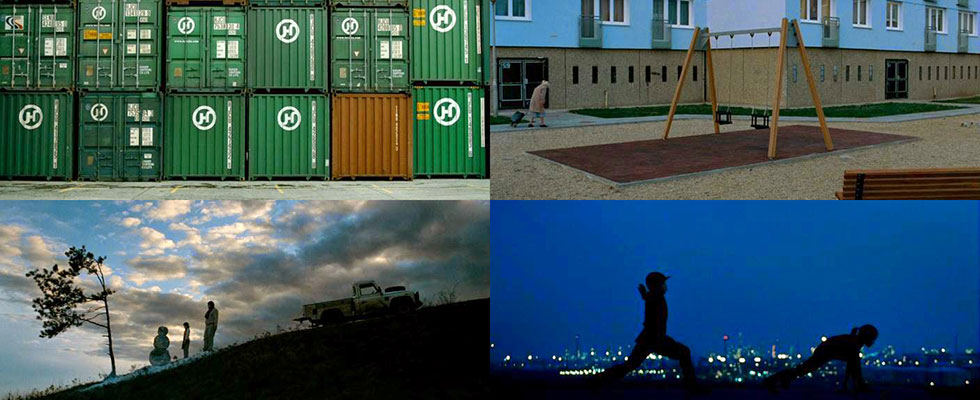
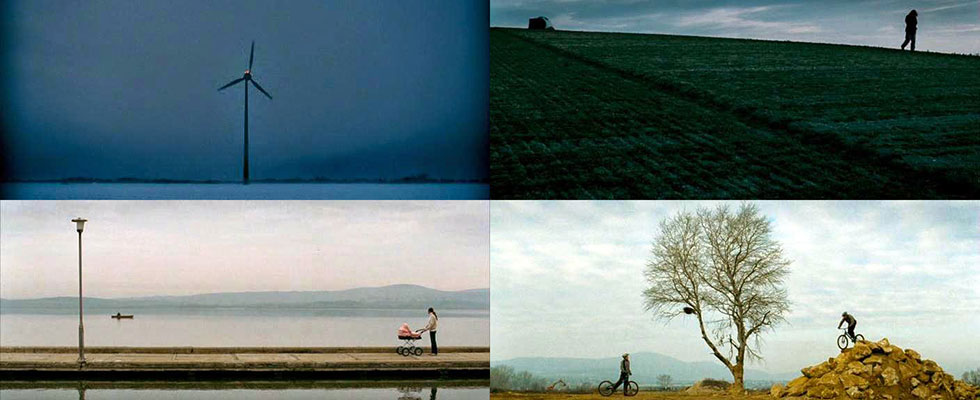
Twelve scenes, in sequence, filmed in different locations – a prairie at night, a roadside spot, a courtyard surrounded by buildings, a public bathroom – inhabited by human beings that act in bizarre ways. These images, forming a “live painting”, unveil the sublime architectures of nature and city. Along with music, the sounds – breathing, water, engines, birdsongs – and the photography, the images create a sensory experience that transcends the use of words.



Projeto executado por meio da Lei Estadual
de Incentivo à Cultura de Minas Gerais
CA 0084/001/2013